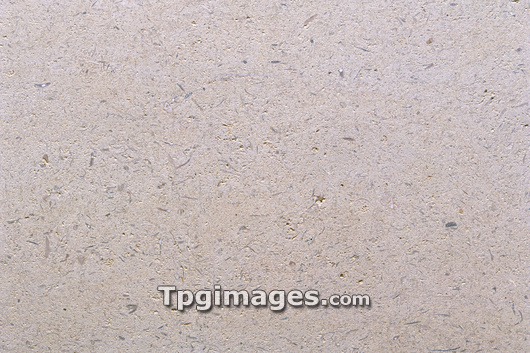
Limestone. Cut surface of the sedimentary rock limestone, showing small fragments of fossilised shells embedded in the rock. Limestone consists mostly of calcium carbonate (CaCO3), and can form from either organic or inorganic deposits. This sample is derived from the shells of small, tropi- cal marine animals that lived during the Jurassic period (200-135 million years ago), when the dino- saurs were at their peak. Because the rock is slightly soluble in rainwater, underground streams can carve out extensive caverns and tunnels (pot- holes) in limestone areas. Stalactites and stalag- mites form where the limestone is re-deposited by water drops. This sample is from Dorset, UK.
| px | px | dpi | = | cm | x | cm | = | MB |
Details
Creative#:
TOP03207584
Source:
達志影像
Authorization Type:
RM
Release Information:
須由TPG 完整授權
Model Release:
N/A
Property Release:
N/A
Right to Privacy:
No
Same folder images:

 Loading
Loading